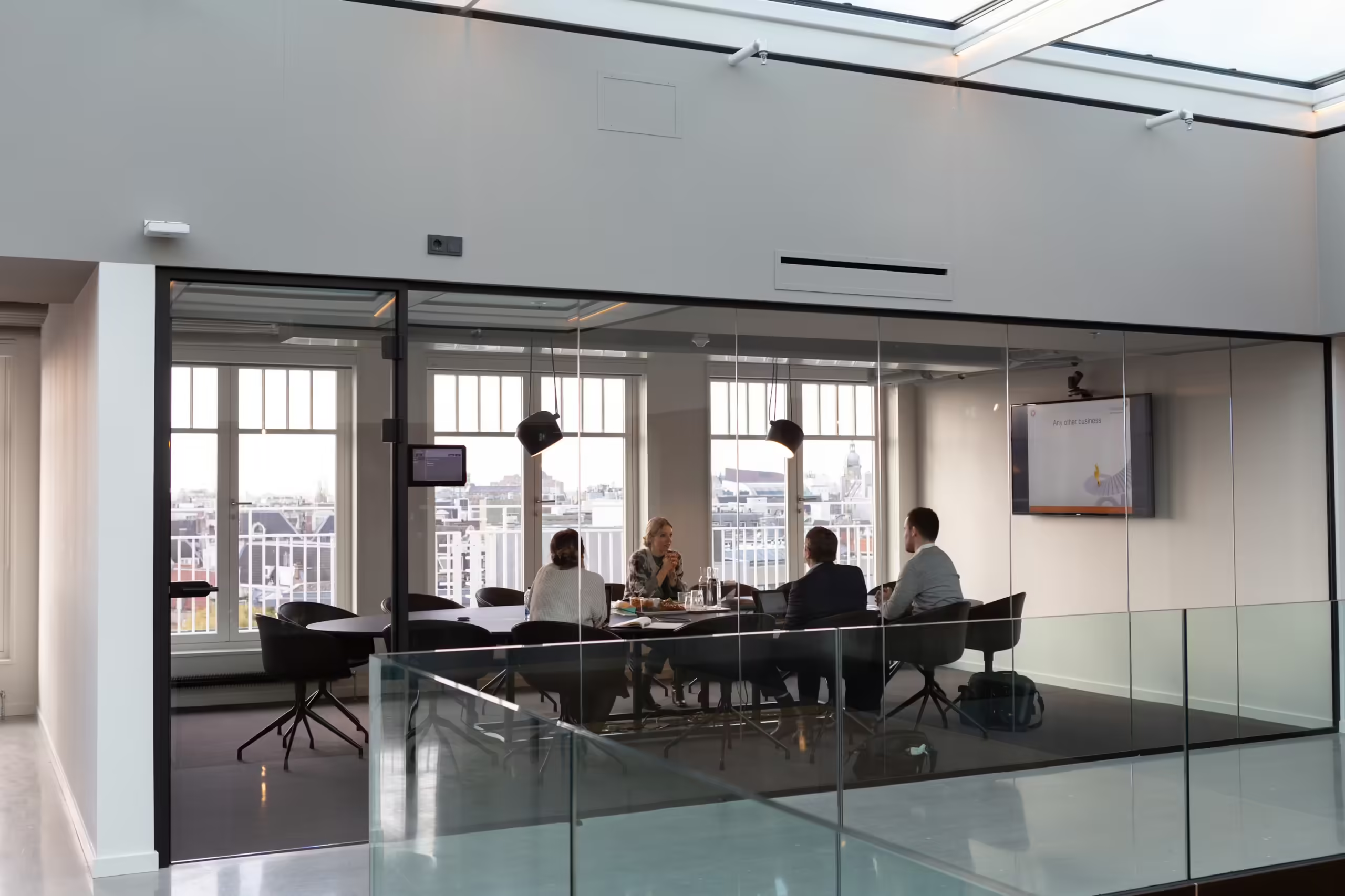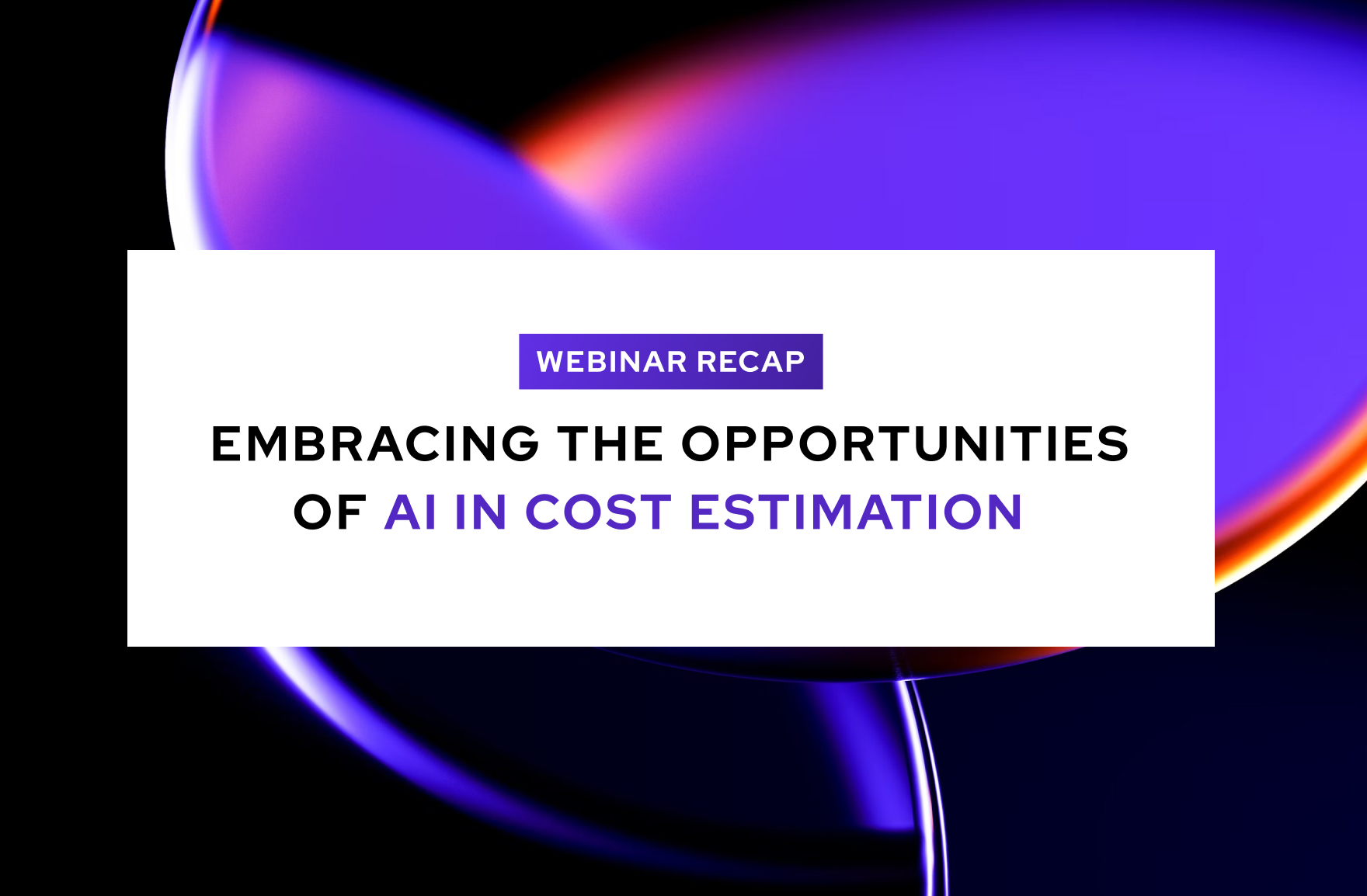
Five Best Practices to Address Environmental, Social, and Governance
In the architectural marvel that is modern business, ESG (Environmental, Social, and Governance) stands as the foundational pillar, especially within the manufacturing sector. Just as a well-constructed building requires a solid foundation, every ESG component ensures a manufacturing enterprise’s stability, resilience, and longevity.
As urban landscapes evolve and societies demand more sustainable infrastructures, understanding and effectively implementing ESG becomes akin to the blueprint of a building, guiding manufacturers toward creating structures that stand tall and harmonize with their surroundings. This guide aims to be your architectural manual, offering insights and strategies to design and construct a robust ESG framework for your manufacturing efforts.
Understanding the Three Pillars of ESG:
Environmental:
Historically known for its significant environmental footprint, the manufacturing sector faces unique challenges. The ecological implications are vast, from waste management to energy consumption and water usage. However, with the advent of technology and increased awareness, many manufacturers are turning to renewable energy sources, reducing emissions through advanced machinery, and emphasizing sustainable sourcing.
Social:
Manufacturers have a profound impact on communities. Worker safety is paramount, ensuring that every individual returns home safely. Beyond the factory walls, manufacturers engage with communities, ensuring their operations bring value and not detriment. Embracing diversity, providing ethical labor practices, and fostering a culture of inclusion are no longer optional but essential.
Governance:
Transparency is the cornerstone of ESG. Stakeholders demand to know a company’s operations, its impact, and its plans for the future. Ethical decision-making, regular audits, stakeholder engagement, and regulatory compliance form the pillars of strong corporate governance in the manufacturing sector.
For ESG to have a measurable and long-lasting impact, it’s crucial to reflect on putting these principles into action. Your organization can address the environmental challenges in manufacturing with a five-step action plan.
The Quintessential Five: Actions to Achieve ESG in Manufacturing
- Resource Efficiency
Just as an architect ensures every component of a building is in its rightful place without compromising structural integrity, manufacturers must ensure the efficient use of water, energy, and raw materials. Effective resource planning during the manufacturing process conserves valuable resources and enhances the sustainability of production processes.
- Water Conservation: Implementing water-saving technologies, rainwater harvesting, and wastewater recycling can significantly reduce water consumption.
- Energy Efficiency: Transitioning to renewable energy sources, optimizing machinery, and automating energy-intensive processes can yield substantial energy savings.
- Raw Material Optimization: Embracing lean manufacturing principles, recycling, and reusing materials can minimize waste and reduce the need for new raw materials.
- Pollution & Waste Management:
Every building has its highs and lows in design. Similarly, manufacturing processes have their peaks and valleys of waste production. The challenge lies in managing these variations, ensuring proper waste disposal (especially hazardous ones), and minimizing air and water pollution.
- Waste Segregation: Segregating waste at the source ensures efficient recycling and disposal.
- Hazardous Waste Management: Proper storage, treatment, and disposal of hazardous waste protect the environment and workers.
- Air and Water Pollution Control: Installing air and water purification systems can significantly reduce the release of pollutants.
- Carbon Footprint:
Manufacturers can ensure a sustainable and eco-friendly production cycle by reducing greenhouse gas emissions from processes, transportation, and the supply chain.
- Carbon Auditing: Regularly auditing and assessing the carbon footprint can help identify areas for improvement.
- Supply Chain Optimization: Collaborating with suppliers to adopt sustainable practices can significantly reduce the overall carbon footprint.
- Green Transportation: Transitioning to electric or hybrid vehicles for transportation can reduce emissions.
- Biodiversity:
Just as a building is incomplete without the harmony of its various elements, our ecosystem thrives on biodiversity. Manufacturers must ensure that their facilities and processes do not disrupt local ecosystems, preserving the delicate balance of nature.
- Eco-friendly Infrastructure: Designing manufacturing facilities that coexist harmoniously with the local environment.
- Wildlife Conservation: Implementing measures to protect local wildlife, such as safe migration paths and habitat preservation.
- Reforestation: Planting trees and restoring green spaces to offset the environmental impact.
- Product Lifecycle:
Incorporating environmental considerations from product design, ensuring recyclability or biodegradability, and considering end-of-life disposal are crucial steps in the ESG journey.
- Eco-friendly Design: Designing products that use fewer resources and are easy to recycle.
- End-of-Life Planning: Creating take-back programs and ensuring products are recycled or safely disposed of.
- Consumer Education: Educating consumers about the environmental impact of products and promoting sustainable usage.
Transitioning from the theoretical to the practical, let’s delve into the real-world champions who have set the gold standard in ESG practices within the manufacturing sector.
Ask yourself where you see the most opportunity in your ESG practices?
Real-World ESG Champions in Manufacturing:
Global organizations have taken the lead in implementing ESG practices, setting benchmarks for others to follow:
Unilever: With its Sustainable Living Plan, Unilever aims to halve its environmental footprint by 2030. They’ve made strides in reducing waste, promoting recyclable packaging, and ensuring sustainable sourcing of raw materials.
Siemens: Siemens has been a frontrunner in promoting clean energy. Their commitment to carbon neutrality by 2030 and their investments in green technologies have set them apart as an ESG leader in the manufacturing sector.
Toyota: Toyota’s Environmental Challenge 2050 focuses on eliminating CO2 emissions from their vehicles and promoting a recycling-based society. Their push towards hybrid and electric vehicles is a testament to their commitment.
Nike: Nike’s Move to Zero campaign is about zero carbon and zero waste. They aim to power their facilities with 100% renewable energy and intensely focus on sustainable materials for their products.
While these industry giants have paved the way with their ESG initiatives, it’s essential for every organization, regardless of size, to take actionable steps toward sustainable practices.
Implementing and ESG Plan requires planning, commitment, and buy-in at all levels.
Whether you’re just starting or looking to refine your ESG strategy, the following roadmap offers a structured approach to ensure meaningful and lasting impact.
Practical Steps for ESG Implementation:
Initial Assessment
Situation Analysis: Begin by understanding your current position. Conduct a thorough audit of your operations to identify areas where environmental, social, and governance factors are already in play and areas that need attention.
Benchmarking: Compare your current practices against industry standards and competitors. This will give you a clear picture of where you stand and where you need to go.
Goal Setting: Short-term vs. Long-term: Set clear, measurable goals. While short-term goals provide quick wins and momentum, long-term goals drive sustained ESG integration.
Align with Global Standards: Consider aligning your goals with global initiatives such as the UN’s Sustainable Development Goals (SDGs) to ensure you meet international standards.
Stakeholder Engagement
Internal Engagement: Ensure all employees, from top management to the factory floor, understand and buy into the ESG goals. This can be achieved through training sessions, workshops, and regular communication.
External Engagement: Engage with external stakeholders, including suppliers, customers, local communities, and investors. Their feedback can provide valuable insights and foster collaborative efforts.
Action Plan Development
Resource Allocation: Dedicate resources in terms of finances and workforce to achieve your ESG goals.
Timeline Creation: Develop a clear timeline with milestones to track progress. This ensures accountability and keeps the momentum going.
Monitoring & Reporting
Key Performance Indicators (KPIs): Establish KPIs to measure the effectiveness of your ESG initiatives. This could include metrics like carbon footprint reduction, water savings, diversity ratios, and more.
Regular Audits: Conduct frequent internal and external audits to assess progress and ensure compliance.
Transparent Reporting: Share your ESG achievements and challenges with stakeholders through annual sustainability reports, press releases, and other communication channels.
Continuous Improvement and Iteration
Feedback Loop: Create mechanisms to gather feedback from both internal and external stakeholders. This can help in refining your ESG strategies.
Stay Updated: The world of ESG is dynamic. Regularly update yourself on emerging trends, technologies, and best practices in the ESG space to stay ahead of the curve.
Celebrate Successes: Recognize and celebrate milestones achieved. This boosts morale and reinforces the importance of ESG within the organization.
By following these practical steps, manufacturers can systematically and effectively integrate ESG practices, driving sustainability and business growth. Which of these practical steps resonates most with your current ESG journey?
While the need for ESG implementation is clear, it’s essential to acknowledge that the journey is not without its challenges. After understanding the practical steps and gauging where your organization stands, it’s equally important to be aware of the potential hurdles that might arise.
What’s the next step for your organization in its ESG journey?
Challenges in Implementing ESG Practices:
While the benefits of ESG are evident, manufacturers might face several challenges during its implementation:
- Initial Costs: Transitioning to sustainable practices might require significant investments in new technologies and processes.
- Cultural Resistance: Employees accustomed to traditional manufacturing processes might resist the changes associated with ESG practices.
- Supply Chain Complexities: Ensuring that every component of the supply chain adheres to ESG standards can be challenging, especially when dealing with international suppliers.
- Regulatory Hurdles: Different countries have varying environmental and social governance regulations, making it challenging for multinational companies to maintain a consistent ESG strategy.
- Measurement Difficulties: Quantifying the impact of ESG practices, especially the social and governance aspects, can be complex and might require sophisticated tools and expertise.
While these challenges might seem daunting, it’s essential to remember that they can be navigated effectively with the right tools and strategies.
SEER for Manufacturing: Your Silent Conductor
SEER for Manufacturing from Galorath is at the forefront of supporting ESG optimizations. Manufacturers can fine-tune their ESG practices with their capabilities, ensuring a harmonious and sustainable production process. One of the notable features of SEER is its focus on “Eco Data Analysis for Materials and Processes.” This feature ensures that all estimates now include energy consumption and CO2 emission estimates, highlighting SEER’s commitment to environmental sustainability.
The path of ESG in Manufacturing is much like building a skyscraper, progressing with every foundation stone and architectural detail. By adopting the strategies highlighted in this guide and harnessing the power of tools like SEER, manufacturers can lay the groundwork for a sustainable, environmentally conscious, and ethically driven production landscape.
Mastering the Art of Reliable Estimation in Digital and IT Projects
The evolution of estimation practices, challenges and best practices, and the utilization of advanced cost estimation tools to transform the estimation of notional project design from a complex challenge into a strategic asset in project management….
Moving From a Rough Order of Magnitude (ROM) Estimate to a Detailed Project Plan
WHAT IS A ROM AND WHY DO I NEED ONE? Project managers—whether they work for a software development company, a manufacturing company, or an engineering design firm—are faced with the common challenge of estimating…
Guide to Building Best-in-Class Costing Systems
The costing system in an enterprise serves a strategic function for the business. It plays a vital role as understanding costs leads to better decisions. Costing can serve proposal responses, acquisitions, vendor assessment, pricing,…
Unlocking the Future of Cost Estimation
Insights from the webinar “Embracing Opportunities of AI in Cost Estimation,” presented by Galorath and the Society of Cost Engineers Galorath and The Society of Cost Engineers presented an exclusive webinar aimed at…





